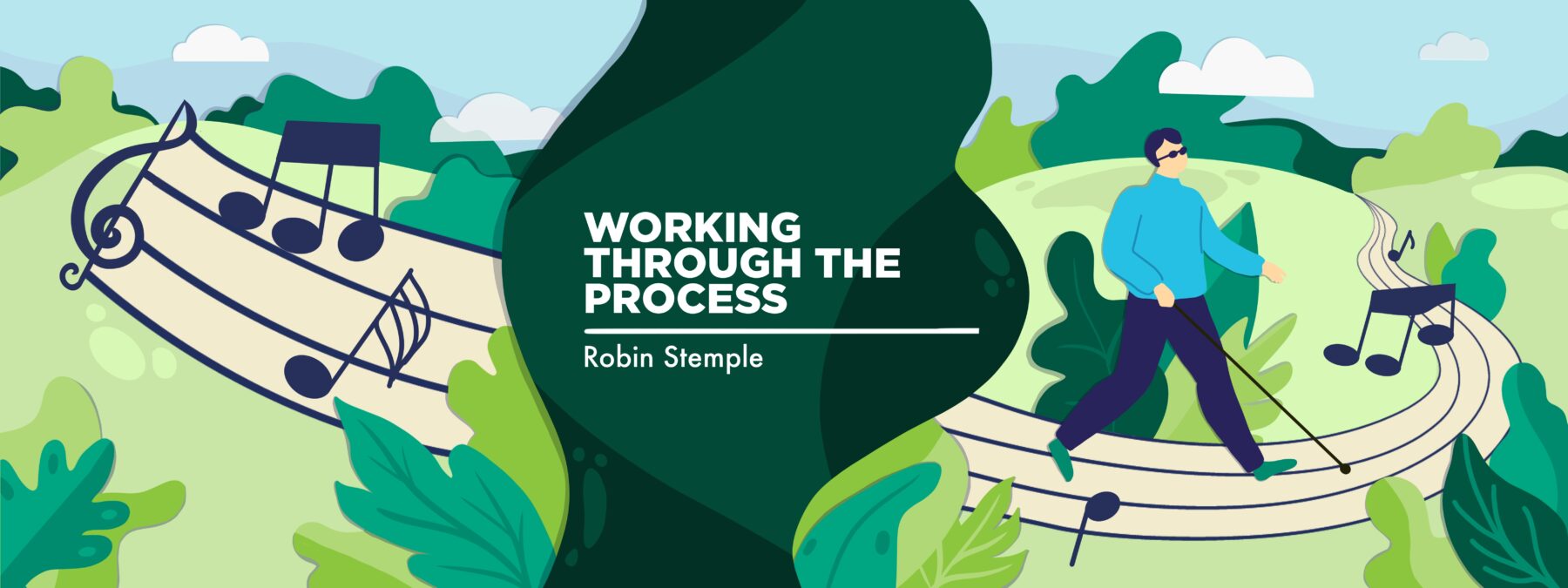To attend physical therapy or not? That is the question with MD
Despite his reservations, a columnist considers returning to PT

If you’ve been reading my column since I started writing for Muscular Dystrophy News Today, you know I recently moved to Pittsburgh from Shanksville, Pennsylvania. Over the past few years, as my facioscapulohumeral muscular dystrophy (FSHD) progressed, I tried physical therapy (PT) twice to regain strength. Both times I quit after three or four weeks. The therapy caused a lot of additional pain and stiffness. I felt it was making things worse. Instead of getting stronger, I felt myself growing weaker.
Now that I’m in Pittsburgh, I’ve gotten some pressure from family and friends to try physical therapy again. Their logic is that there are likely better therapists in Pittsburgh who will be better equipped to work with an FSHD patient. I know these folks mean well, but I have some reservations. Actually, it scares the daylights out of me!
Other considerations
The rural area I came from had a shared ride program, but I seldom used it. I was blessed to have a large group of friends who were willing to transport me. They were right there to take me home.
That’s not how shared rides work. The wait time for the pickup to return home can sometimes be quite long. While I hear good things about Pittsburgh’s ACCESS program, it’s something new for me.
My head knows I have a phone in my pocket and can call someone to come pick me up. The rest of me worries about getting stuck somewhere with no cell coverage. I’m of an age that makes access to a restroom a necessity at the most inopportune times. I worry about these things and my imagination runs wild.
If I can get past my fears regarding transportation and restroom issues, my mind then turns to my last two disastrous episodes with PT. Will it help? Will I just hasten the pace of my own destruction?
Experience tells me the usual therapy involving mat exercises and weight training won’t help. I’ve had some success with water exercise. I did this independently at a physical therapy facility that allowed me to use their mini-pool for a very reasonable cost.
This pool was rather unique. It had a waist-high sidewall that I could sit on. I could swing my legs over and put my feet on the first level. When done exercising, I could get back on this level and place my elbows on the wall. I could then push myself into a seated position, swing my legs around, and stand up.
I’m having difficulty finding information on facilities in Pittsburgh that might have an accessible pool. I don’t need a Hoyer lift, but I know I can’t get out of a typical pool.
Stuck in the middle
I’m stuck somewhere in the middle of making this decision. There’s probably a pool nearby that would meet my needs. I should be gathering information, but I’m having difficulty getting started.
The folks urging me to try physical therapy may not appreciate my situation. It hurts, but I’m on my exercise bike every day. I’m struggling to move around the house to work on my computer or practice music. I’m up and down to use the bathroom. I’m on my feet to make coffee, prepare my breakfast, grab lunch, and do the dishes. It might not seem like much, but it’s exhausting. I seldom have difficulty falling asleep at night. I have some trouble staying asleep, but that’s another story.
I tell myself I’ve had some success with water exercise. It’s not a life sentence. If things don’t improve, I can stop anytime I want. I know this is something I should at least try, right? Things will be different this time around, for sure. You bet!
There! I’ve talked myself right into it. Guess I’ll get on the phone as soon as I wrap up this column. I’ll keep you posted on my progress.
Note: Muscular Dystrophy News Today is strictly a news and information website about the disease. It does not provide medical advice, diagnosis, or treatment. This content is not intended to be a substitute for professional medical advice, diagnosis, or treatment. Always seek the advice of your physician or another qualified health provider with any questions you may have regarding a medical condition. Never disregard professional medical advice or delay in seeking it because of something you have read on this website. The opinions expressed in this column are not those of Muscular Dystrophy News or its parent company, Bionews, and are intended to spark discussion about issues pertaining to muscular dystrophy.








Leave a comment
Fill in the required fields to post. Your email address will not be published.